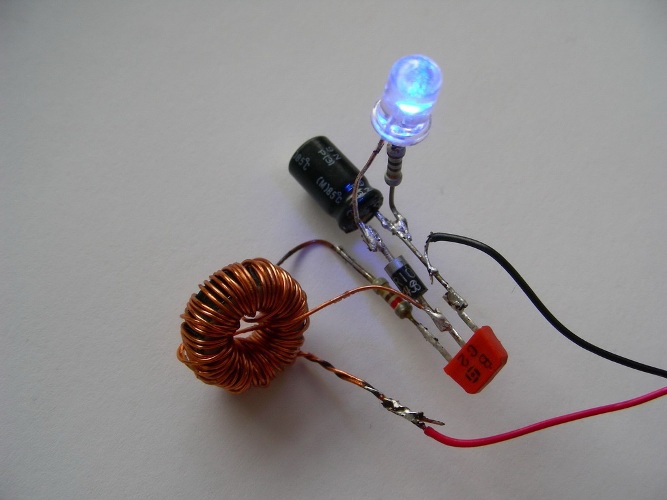Instruction
1
Remember that any led that is included in the network must be connected in series resistor required to limit current flowing through the semiconductor device. Otherwise, the probability is that the LEDs may quickly fail.
2
Therefore, before assembling the circuit containing the LEDs, carefully calculate the resistance value, which is determined as the difference between the supply voltage and direct voltage, which is calculated for a particular type of diode. It ranges from 2 to 4 Volts. The difference divide by the current of the device and eventually get the desired amount.
3
Remember, if the resistance value of the resistor accurately select fails, you better take a resistor with a slightly higher value than the desired value. The difference you'll hardly notice, because the brightness of the emitted light will decrease by a small part. Also the amount of resistance can be calculated using Ohm's law, in which the voltage flowing through the diode, is divided by the current.
4
When connecting several LEDs in series, it is also necessary to set the resistance that is calculated in the same way. Remember that there is the total voltage of all the diodes, which is taken into account in the formula for determining the parameters of the resistor.
5
Also, do not forget to connect the LEDs in parallel through a single resistor is prohibited. This is due to the fact that all devices have different dispersion parameters and some of the diodes will glow brighter, therefore it will carry a large amount of current. In the end it will lead to the fact that it will fail. Therefore, when parallel connection of the resistance set for each led separately.
